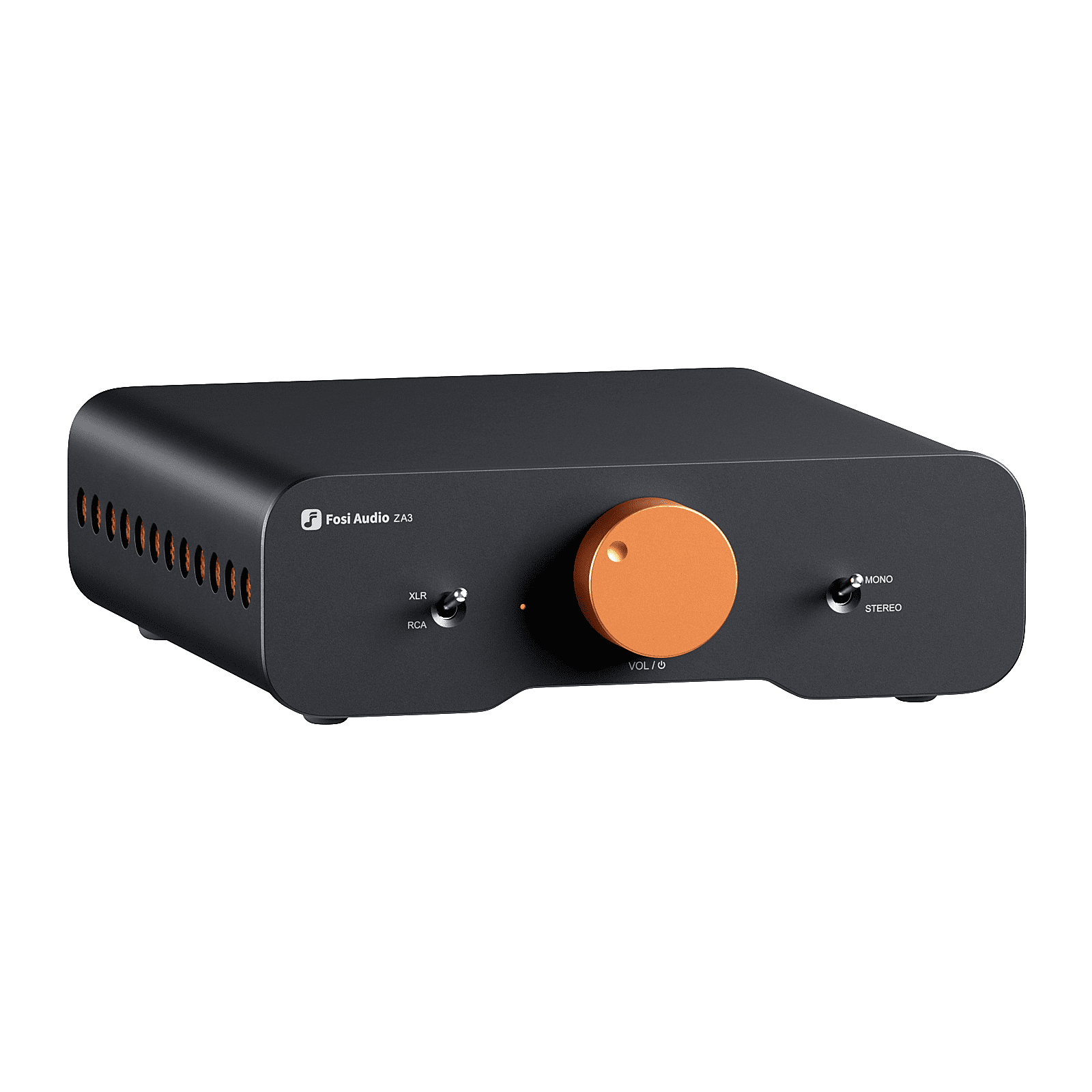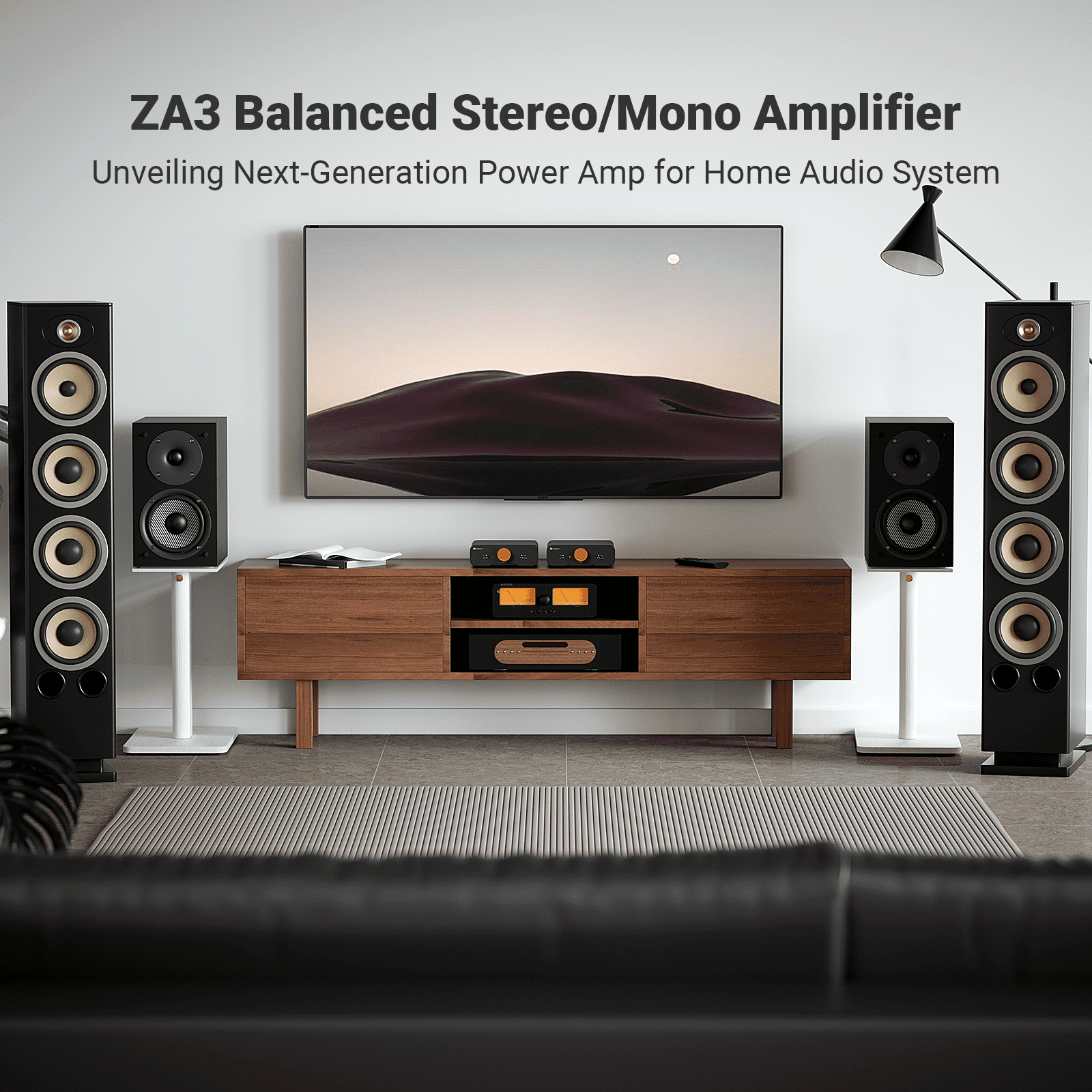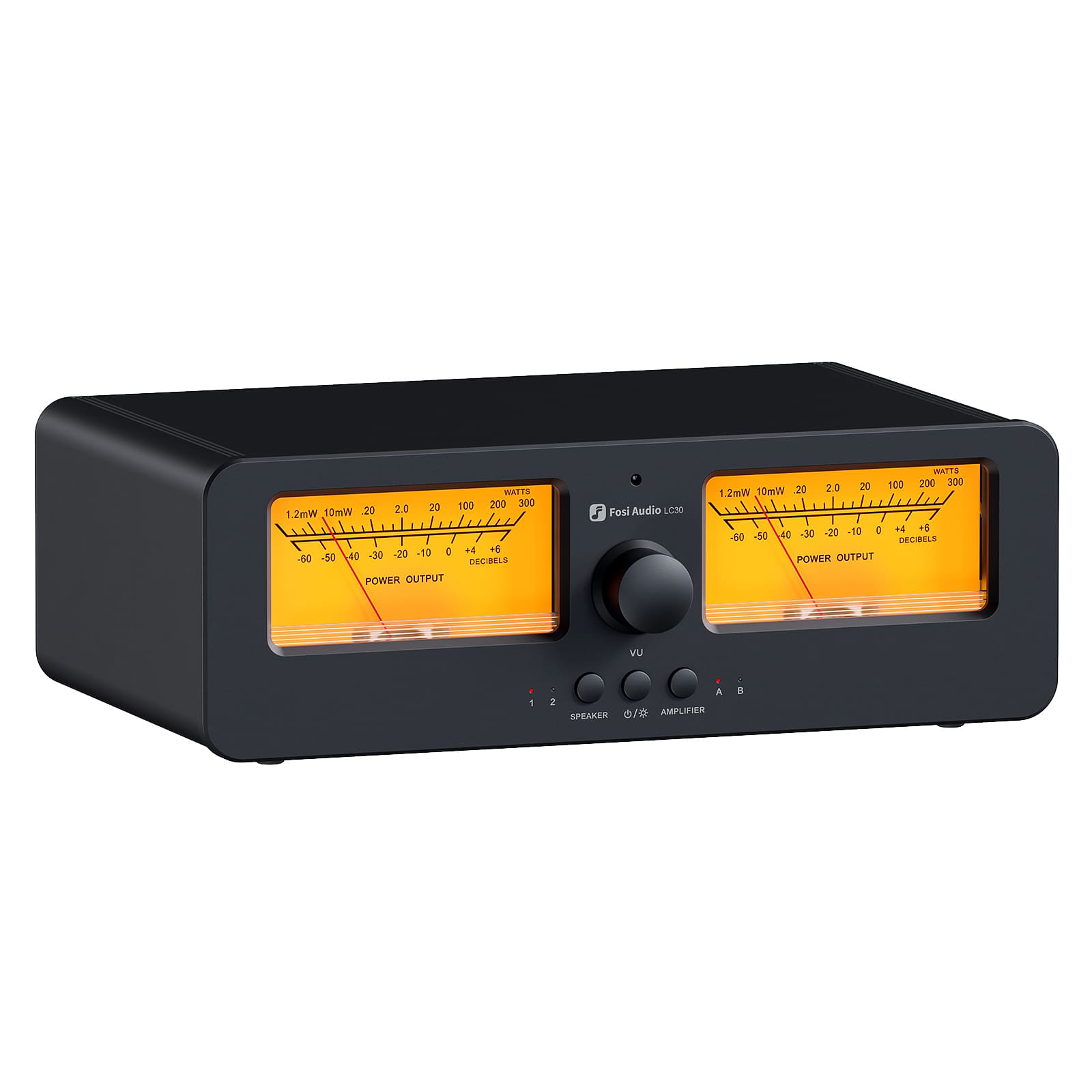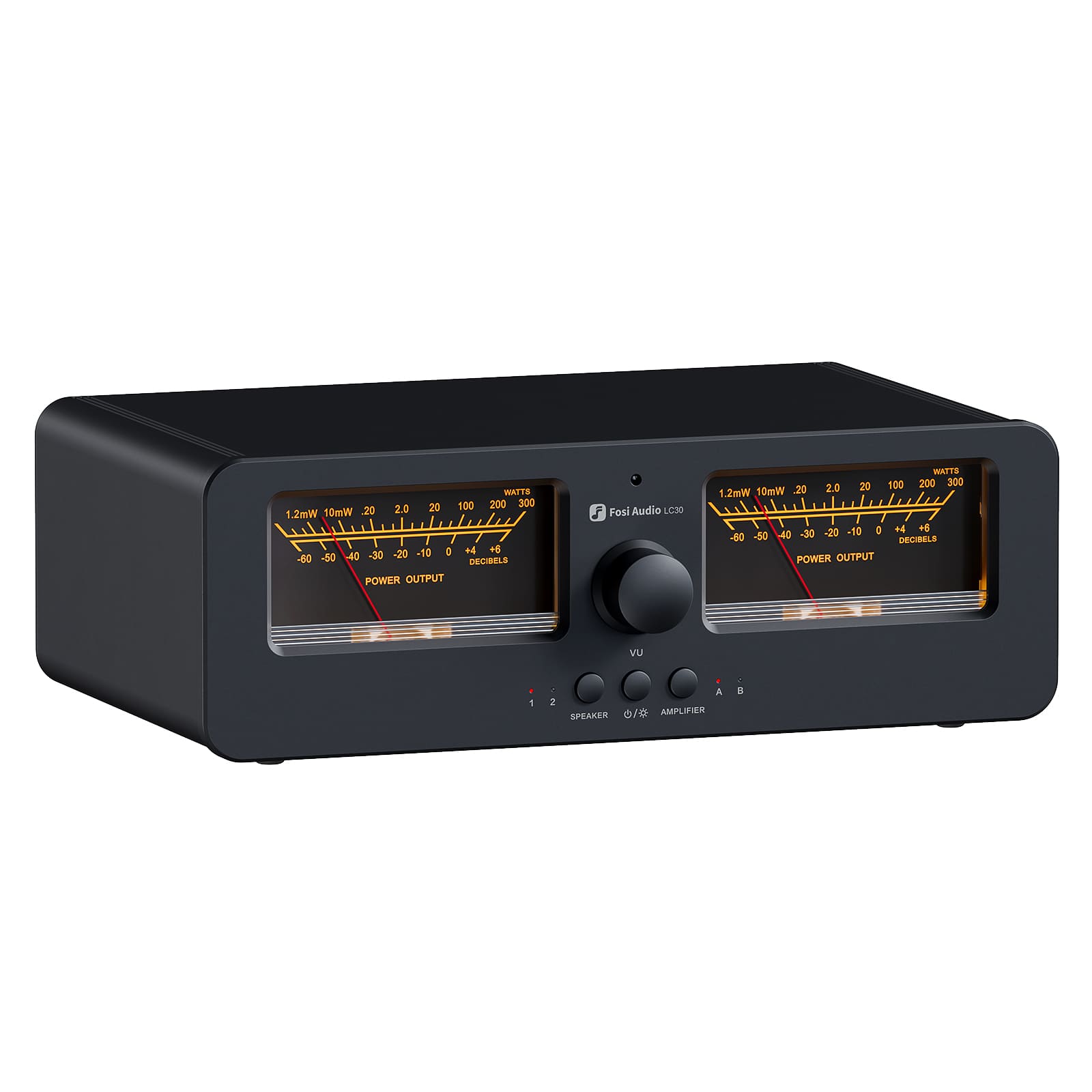Hi-Fi audio is an important element for people who live for music and are addicted to audio. The Hi-Fi world consists of some very common and worldwide famous devices such as loudspeakers, headphones, soundbars, sound systems, etc. These Hi-Fi devices were invented after determining and acknowledging the limitations of the human ear. Here we are going to discuss amplifiers and the distortions that they produce.
What is an Audio Amplifier?
An audio amplifier is an electronic device that tends to increase the current and power of any audio signal that it receives. The amplifiers are divided into two general categories; one is the weak amplifier, and the other one is powerful amplifiers.
For now, we are assuming that all of the wires between the speakers and the amplifiers are good conductors with great listening qualities. In this article, we are going to discuss the functions of an amplifier and when and how it is unable to perform its tasks properly. We will also discuss one of the most important things that occur in an audio system, which is distortion.
How Does an Audio Amplifier Work?
The audio amplifier receives audio signals from any particular device and then sends an amplified version of this signal as output. Some amplifiers even tend to work with extremely high impedances such as 50k. However, in the amplifiers installed in devices such as speakers or headphones, the impedances are quite low. Normally, the impedances, in this case, range from 4k to 32k.
Broken Amplifiers
The best kind of amplifier aims to present a sound that is as much identical as possible to the sound waves that it receives as input. However, usually, this doesn’t happen due to the flawed electronic components. No doubt, manufacturers are trying their best to create amplifying devices which can deliver the same sound that they receive as input but unfortunately, till now, all of the inventions have a slight difference in their input and output.
Let’s consider a non-linear amplifier. After receiving a sine wave as input, this amplifier delivers a square wave as output. The difference occurs due to the multiples and harmonics of the original sine waves that are produced by the amplifying device. Any minor non-linearity is easily detectable in the output. The harmonics produced through the amplifier are what we call harmonic distortions. These harmonic distortions could be measured simply by sending a sine wave as input into the amplifier. Next, measure the fundamental frequencies ratio of the harmonics received as output. This is how the total harmonic distortions are measured. A quality Hi-Fi amplifier would have %THD in order of a fraction of a percent. THD could be measured at any particular time at a single frequency, usually 1kHz.
However, THD isn’t the only flaw that could affect the output of an amplifying device. If we pay attention to the performance of an audio power amplifier, on the one hand, it amplifies the input, but on the other hand, it creates a bridge between its speakers and power supply through those speaker cables. The job is to convert the powerful DC that is received from the power supply into powerful AC for speakers. A high-end linear amplifier consists of a huge transformer and some smoothing capacitors. Both of these components are installed to provide higher loads than their normal tendencies. It allows for managing the peaks of the stream, for example, the drum beats. This is also another factor that contributes to the distortion of amplifiers. The quality of the components installed within the amplifier can affect the output and cause distortion, especially when it is connected with an inadequate power supply.
Tube Amplifier
A tube amplifier is an audio device that functions with the help of vacuum tubes. These tubes not only serve as a source of power but produce pleasant sound, especially when compared with the transistor amplifier. The tube amplifiers were invented during the mid of 19th century and were quite famous back then.
Transistor Amplifiers VS Tube Amplifiers
There is this debate regarding whether a transistor amplifier is better than tube amplifiers or not? According to one of the arguments, a tube amplifier produces even harmonic distortion, whereas the distortions produced by transistors are odd. Tube amplifiers are one of the ancient audio technologies. During the days when the Hi-Fi transistors were in their manufacturing stage, the tube amplifier’s technology was at its peak. In the 1960s, the transistor amplifiers had quite major flaws that could not be ignored. However, we can say that the idea of creating a good transistor amplifier was not only acknowledged but also implemented a long time ago. The transistor amplifier that we see today is very different from those that existed during the 19th century. The device has been through a lot of modifications and amendments. However, some audiophiles are extremely obsessed with transistor amplifiers. The way the transistor amplifiers work is different from the tube amplifiers. They are not likely to distort smoothly or pleasantly if used at their maximum limit. Still, some audiophiles prefer them over tube amplifiers due to their less power consumption and compact structure. Not only this, but due to their smaller structure, they tend to work faster and more efficiently.
It is always a great idea to measure and consider readings from instruments that are reliable and working appropriately. Both the amplifiers, transistors as well as tube amplifiers, are the most common amplifying devices and have their perks and disadvantages as well, but comparatively, transistor amplifiers are being more commonly used these days. The debate on the subject of distortion is somewhat that needs to end now. As we say that change is the only constant, so is the case when it comes to the composition of these devices. With the help of the latest technologies, tools, and strategies, manufacturers are striving hard to come up with the best version of these amplifying devices.






